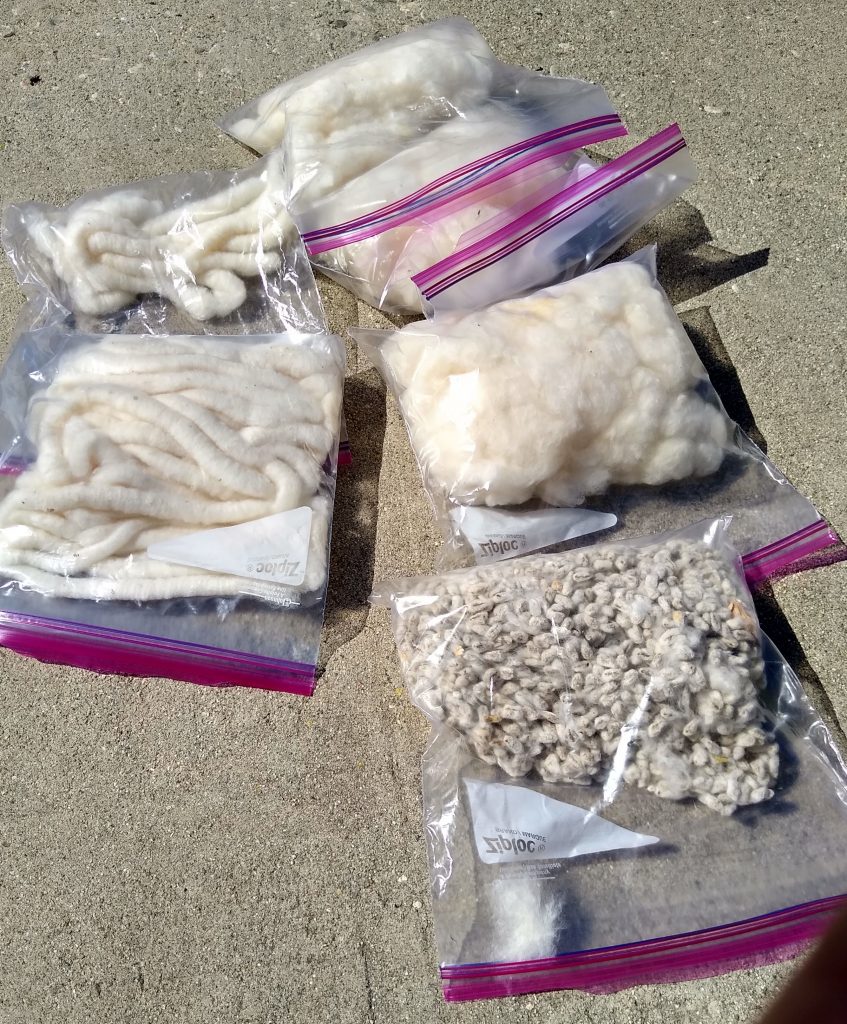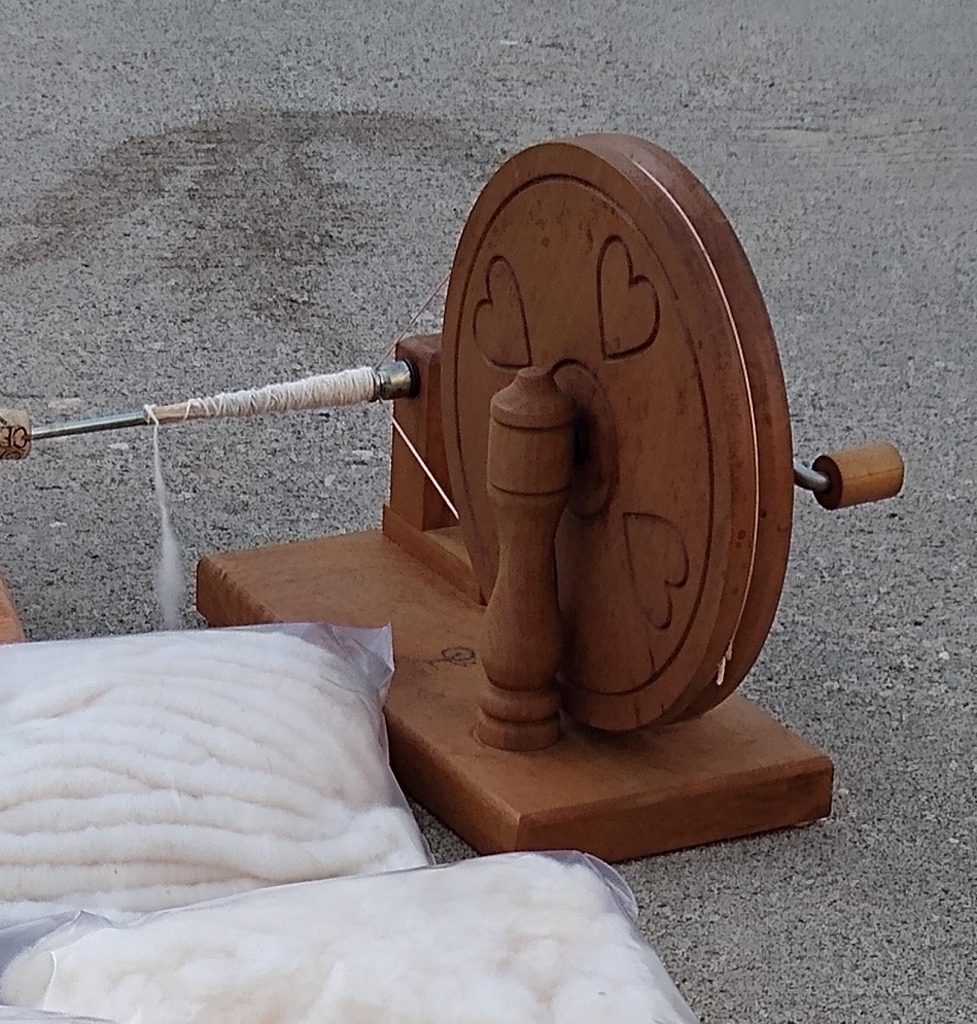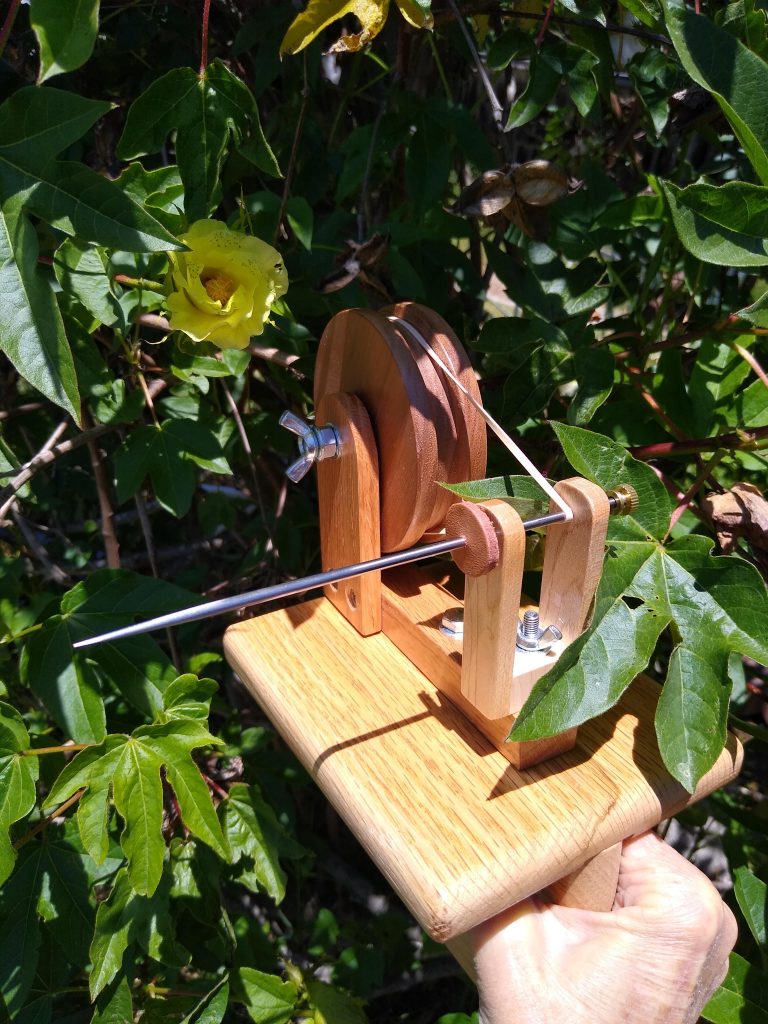Nearly a year now working “remote” via zoom. The non-work result of this ment I could gin the cotton (https://www.jmjamison.com/ufos-unfinished-projects/) and make punis during meetings.
Finally finished the punis:
Nearly a year now working “remote” via zoom. The non-work result of this ment I could gin the cotton (https://www.jmjamison.com/ufos-unfinished-projects/) and make punis during meetings.
Finally finished the punis:
This one is embarrassing. About a year or so ago I received a box of heirloom cotton. The project was to gin it, spin, and do something. It sat on my desk for way to long while I’d occasionally get some of the ginning done, comb, roll some punis, spin a bit and that was about it.

Since I’ve been working from home – the faux cubicle with a view – I got on a roll hand ginning all the cotton. Unlike my backyard Pima this cotton didn’t peel easily off the seeds. I ginned through Zoom meetings, breaks, the occasional netflix movie and about two weeks into quarantine that part was finished.
Originally I learned how to spin cotton on a book charkha from Eileen Hallman / New World Textiles (https://newworldtextiles.com/). She’s a fabulous teacher and if you have the chance to take one of her workshops do so.

Over time my cotton spinning preference has been the Ashford Charkha. I’m able to spin in a chair with the weel in my lap. Wheel base is less than a foot in length and very portable.
And recently I bought myself a GypsySpinner Mini-Lap Charkha (https://www.facebook.com/minicottonspinner/). Spins beautifully and even more portable. So I have no more excuses.

Not the most exotic sounding dye material but don’t underestimate the onions or the onion skin. For me it has been a reliable, versatile dye that I can use on both protein and plant fiber. So far I’ve dyed wool, cotton, and soy silk.

Above, pre-alumed wool dyed with onion skins. The green is indigo over-dyed in the same batch. The plant:fiber ratio was .5:1 but I believe that I could have used considerably less dye stuff. The onion skins and fiber had been simmered for an hour and left to soak over night. The next day the dye still wasn’t exhausted so I over-dyed some previously indigo-dyed wool.
Copper and Iron after-baths darkened the color but ended up with similar shades. The Ammonia after-bath brightened a bit.

Onion skins are easy to save up and store. When I am shopping produce I sometimes tidy up around the onion bin.